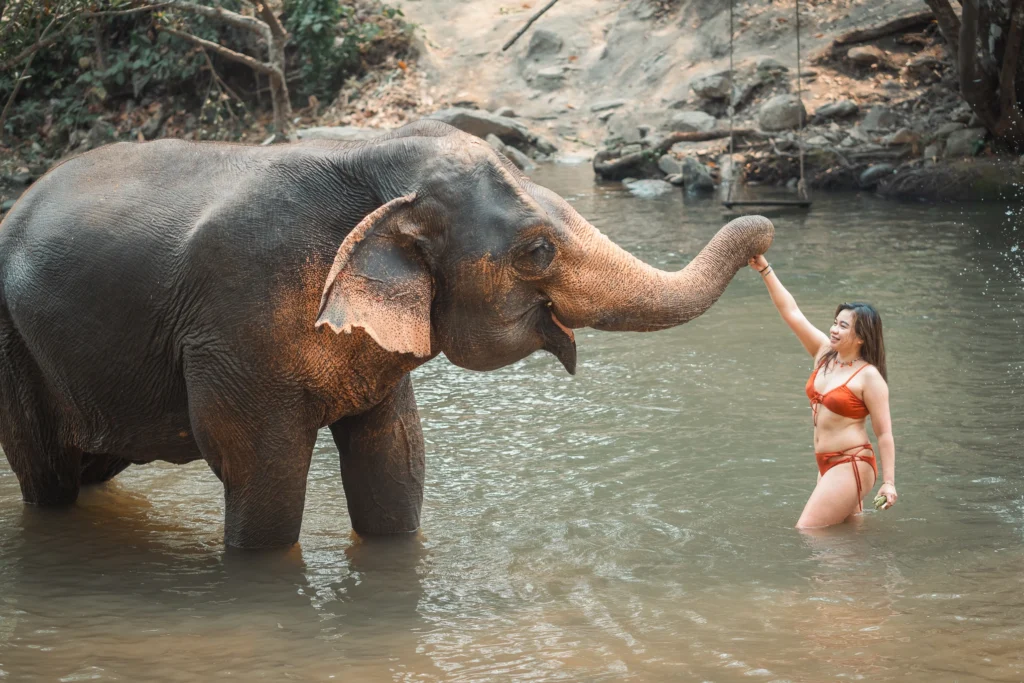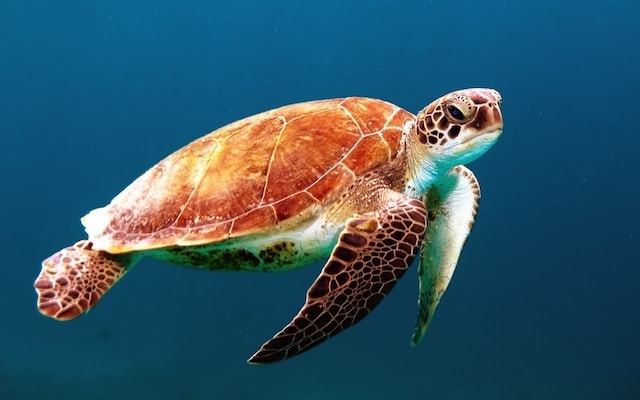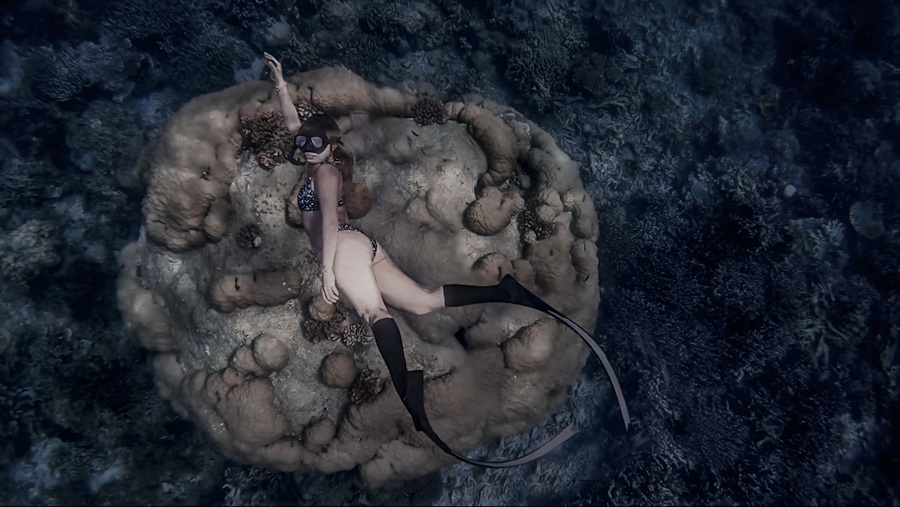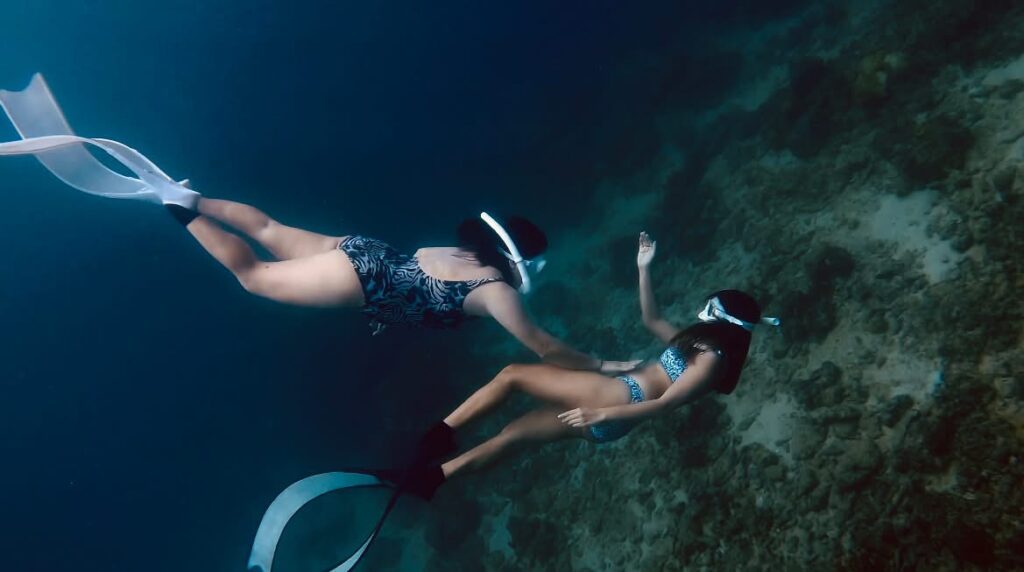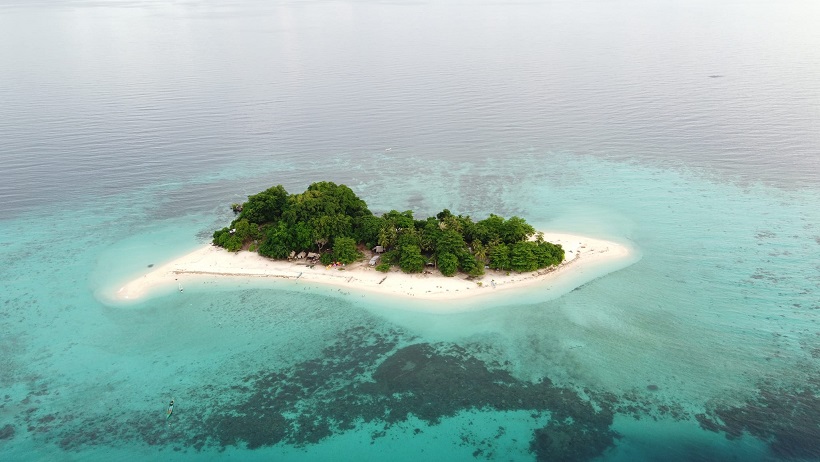My First International Solo Trip and It Was the Best Gift I Gave Myself
I Took My First International Trip Alone and It Was the Best Gift I Gave Myself For the first time in my life, I booked a flight, packed my bags, and flew out of the country alone. No family, no friends, no group tours. Just me, my birthday, and a dream I held onto quietly for years. As someone who worked as a social worker for 8 years, I was used to pouring my time, energy, and heart into others. Travel wasn’t even on the horizon back then. I couldn’t afford to go anywhere. No paid leaves, no savings, just a lot of responsibilities and reasons to stay put. I don’t regret those years. But I always wished for a day when I could go somewhere. Now I work as an SEO virtual assistant. I still live simply, still budget everything to the last peso, but I have something I didn’t before: freedom. I get to take my work wherever I go. And for my birthday in 2024, I gave myself the one thing I’ve always wanted: A solo trip to Thailand. It wasn’t perfect. I was scared, awkward, and anxious. But it was mine. And that trip changed everything. After I got home, I couldn’t stop thinking about it. I started booking flights again because I was hooked. That birthday trip was the beginning of something I never knew I needed: A life of travel, on my own terms. 💌 Dear Future Me, I hope you never forget this version of you, scared but still willing, unsure but still moving. I hope you remember the girl who shook during takeoff but still boarded the plane. The girl who stood at immigration with trembling hands and a folder full of proof because all she had was courage and a plan. The girl who celebrated her birthday in a foreign country, alone but not lonely. I hope you always look back and smile at this moment, because this is when it all began. This is when you gave yourself permission. You didn’t wait for the right time. You created it. Wherever you’re going next, I hope you carry this version of you with grace and gratitude. Love,You. 💛 🇹🇭 Why I Chose Thailand (And Flew From Cebu, Not Manila) When I finally decided to take my first international trip, I didn’t choose Thailand by accident. I chose it because I needed somewhere gentle, somewhere solo-traveler-friendly, rich in culture, but not overwhelming. A place where I could eat well, wander slowly, and feel safe. Thailand felt right. I also chose to fly out of Cebu instead of Manila. I’m from Mindanao, and Cebu is closer to home, and it also felt more manageable. The immigration horror stories in NAIA (long lines, random offloading, stressful terminal experiences) were enough to send my anxiety through the roof. Cebu felt safer, quieter, and more familiar. That tiny decision made a difference in my peace of mind. My Solo Thailand Itinerary (March 2024): Dipolog – Cebu – Thailand Planning the trip was a mix of excitement and figuring things out as I went. I was doing it all on my own: flights, accommodations, day tours, everything. I just remembered the first thing I booked was the Elephant Care experience at Chai Lai Orchid, then I looked for flights after that. Here’s the full itinerary for anyone curious or planning a similar route: 💸 Note: All costs listed below are based on the actual amount and currency I paid during my trip in March 2024. Also, I mostly used the Bolt app to get from point A to point B. The clueless me was honestly scared of getting lost on trains, only to later become a little obsessed with them after trying the trains in Hong Kong and Taiwan. Funny how that works. It might look like a lot, but I gave myself space to rest, too. I didn’t want a trip that left me more exhausted than when I left. Facing My Biggest Fear: Flying for the First Time Here’s a fact: before this trip, I had never been on a plane. Ever. Well, unless you count that one field trip back in Day Care, when I was five. We visited a stationary aircraft at the airport. We didn’t fly anywhere. We just climbed aboard, looked around the cabin, and imagined what it might feel like to take off. That was it. My only “flight” experience was with both feet still on the ground. So this? This was the real first time. The engines, the runway, the sky, everything. And thanks to all the crime shows and airplane disaster documentaries I’d watched over the past few years, my brain was already in panic mode before takeoff. I probably should’ve skipped all those. 🙃 That day, as I boarded my 1 p.m. Dipolog to Cebu flight, I was sweating so badly. The moment the engines roared, I started shaking. I wasn’t embarrassed. Thankfully, the seat beside me was empty, but I was scared. Every jolt of turbulence felt like a sign. I couldn’t relax. My whole body was tense. I gripped the armrest like it was the only thing keeping me grounded. But then, as we soared above the clouds, the sky opened up. The sea of clouds below reminded me of mountaintops I used to chase. And somehow, in between the nerves, I caught my breath. When we landed in Cebu, I felt relief, but only halfway. First thing I did? Rush to the nearest restroom and change clothes. My anxiety had soaked through every layer. Clean shirt, clean slate, I told myself. But the bigger fear was still ahead: immigration. And the Cebu to Bangkok flight. Immigration Anxiety as a Solo Female Traveler from Mindanao If you’re a Filipino traveling solo for the first time, you’ll know this feeling too well. If you’re from Mindanao? The anxiety triples. I knew how I looked on paper. Young. Female. No previous international stamps. Flying alone. In

